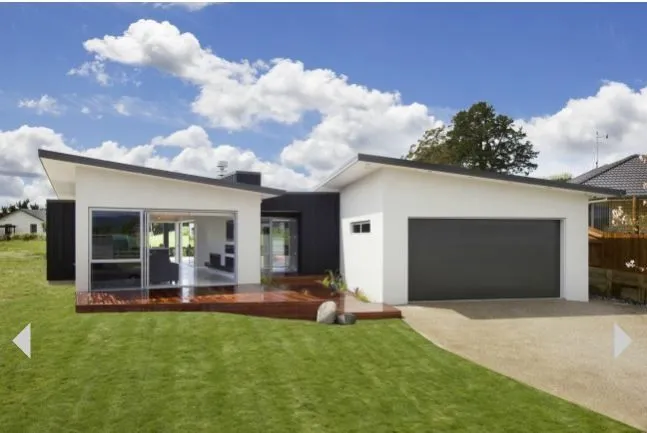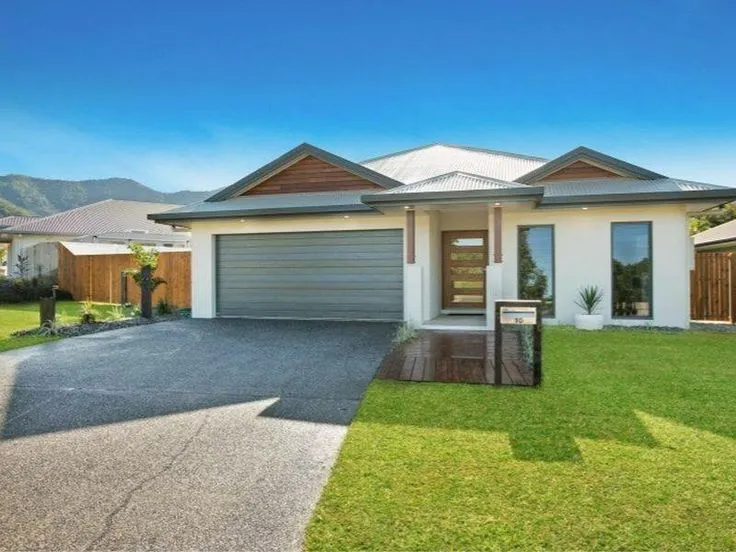- What’s the outlook for the Australian property markets for 2025?
- Is this the beginning of a housing market downturn? Are property price falls likely to continue?
- When will interest rates start coming down or will the RBA raise rates again in 2025 because of stubbornly low unemployment and high inflation?
- Will affordability issues cause a round of distressed sales and price falls or even a property market crash in 2025?
These are common questions people are asking now that the housing markets have experienced the first fall in “overall” prices, after 23 months of rising values.
Although the national house price may have dropped for the first time in two years, it is likely that this downturn will be shallow and short-lived.
Nationally, home values dropped by -0.1 per cent in December according to Corelogic, following 21 months of growth.
Home values peaked in October 2024 and remained steady in November after rising by 14.3 per cent since early 2023.
The latest PropTrack Home Price Index also reported that home prices fell by 0.17% over the month of December, though they remain 4.73% higher compared to 12 months ago.
Compared to March 2020, national home values are 45.1% higher.

Contributing to the slowdown – and reversal – of price growth, the number of properties for sale has been relatively high over the second half of 2024, particularly compared to the same period in 2023.
This has given buyers more choice and the market slowdown is likely to continue in the first half of 2025 especially with a Federal election on the horizon.
This gives buyers a window of opportunity to get into the market before falling interest rates cause a new flurry of activity later in the year.
Of course, each state is at its own stage of the property cycle and within each capital city there are multiple markets.

While regional property markets became popular with homebuyers wishing to escape Covid a couple of years ago, and more recently regional markets were attractive to investors because of their comparatively lower prices, over the long term capital city property markets have outpaced regional areas and this trend is likely to continue.

Overall, persistently low supply relative to demand are supporting housing values despite high interest rates, ongoing cost of living pressures, worsening affordability pressures and a deeply pessimistic level of consumer confidence.
The gap between capital city house and unit values has widened substantially.
Capital city house values rose almost 3 times as much as unit values since the onset of Covid… but the gap is narrowing across most cities.

And after underperforming throughout the pandemic period, unit prices recorded stronger growth for much of 2024 as affordability constraints will mean more Australians trade backyards for balconies and courtyards.
However the chart below shows the significant gap in property price growth between these two types of dwellings.
The good news is that this creates a window of opportunity, as one can now buy established family friendly apartments considerably below replacement cost.

Here’s what the banks are forecasting for property prices in 2025
- ANZ have updated their housing price forecasts and expect capital city housing prices to grow 2.7% in 2025 before lifting 4.1% in 2026.
- NAB have also recently updated their forecasts for 2025

Oxford Economics recently made the following forecasts of where house prices will be in 3 years time.

We know how we accurate bank forecast of been over the last couple of years, however Dr Andrew Wilson, chief economist of My Housing Market has been much more accurate in his forecast and this is what he suggest will happen to property values in 2025.

Originally published : https://propertyupdate.com.au/australian-property-market-predictions/








